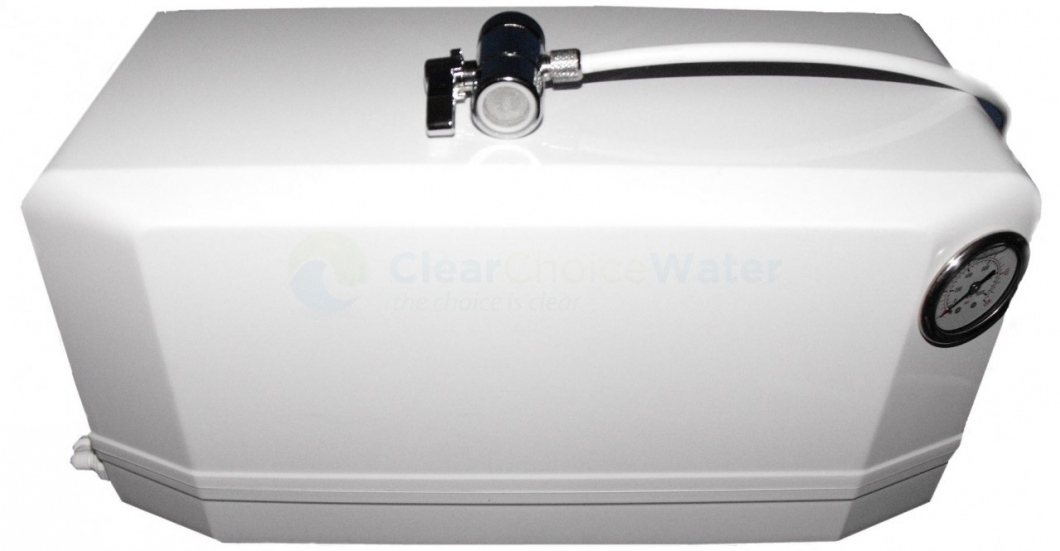It is a well-known fact that the tap water used in the vast majority of places on our planet is problematic, to say the least, for regular, every day consumption. The usual problems are the presence of chemicals and various living organisms that present an imminent threat to human health. The only truly healthy and eco-friendly solution is filtering and there are several possible ways to do it. One of the most prominent and successful ones is Reverse Osmosis (RO) filtering. Here are the most important facts about this type of filtering system.
How does it Work?
As the name says, the system is based on the process of reverse osmosis. Basically, what reverse osmosis does is purify water by removing any large particles that are present in it, such as various types of molecules, ions and bacteria. The heart of this filtering system is semipermeable membrane that retains solids and lets only purified water pass. The system was first observed in 1748 but it was not until 1950s that it was practically applied. Nowadays, it is widely used in both industry and households around the world.
System types and which to choose
There are three major RO filter system types: a system with low pressure booster pump, a system with delivery pump and a system with permeate pump. They perform the same task, but even thou their instalment procedure is similar there are differences that need to be taken into account before the final choice is made. One thing is certain, for household appliances the most convenient and practical choice would be an under-sink reverse osmosis filter.

Components
Although there are component variations between different system types mentioned above, there are common elements that are present in all of them. The list goes like this: pre filters, RO membrane, post filters, flow restrictor, check valve, automatic shut off valve, storage tank, faucet and drain line. All of them need to be in perfect working order for the system to continually provide sufficient quantities of filtered water.
Price
There is a multitude of RO filter systems available and their price starts from a couple of hundred dollars to tens of thousands, all depending on the complexity of the system, the required daily quantities of purified water and whether they are used for domestic or industrial purposes. One thing is certain, the diversity of options guarantees that individual households, industrial desalination and water supply plants of any size and capacity are able to find one for their needs. For example, currently the largest water plant is located in Cape Coral and is able to produce 56,782 cubic meters of purified water per day.
Benefits and Advantages
Compared to other water filtrating systems, RO system will remove all particles and impurities that are larger than .0001 microns. The system is convenient to use and very economical, it does not consume any energy since it uses only tap water pressure. Furthermore, it removes odor and improves the taste of water. Lastly, it flushes all the impurities, making maintenance easier. Having all this in mind, it represents a convenient and practical filtering system, both efficient and affordable.
Hopefully, this article provides sufficient information, pros and cons included for making a decision whether RO filter system is the solution you are looking for.

